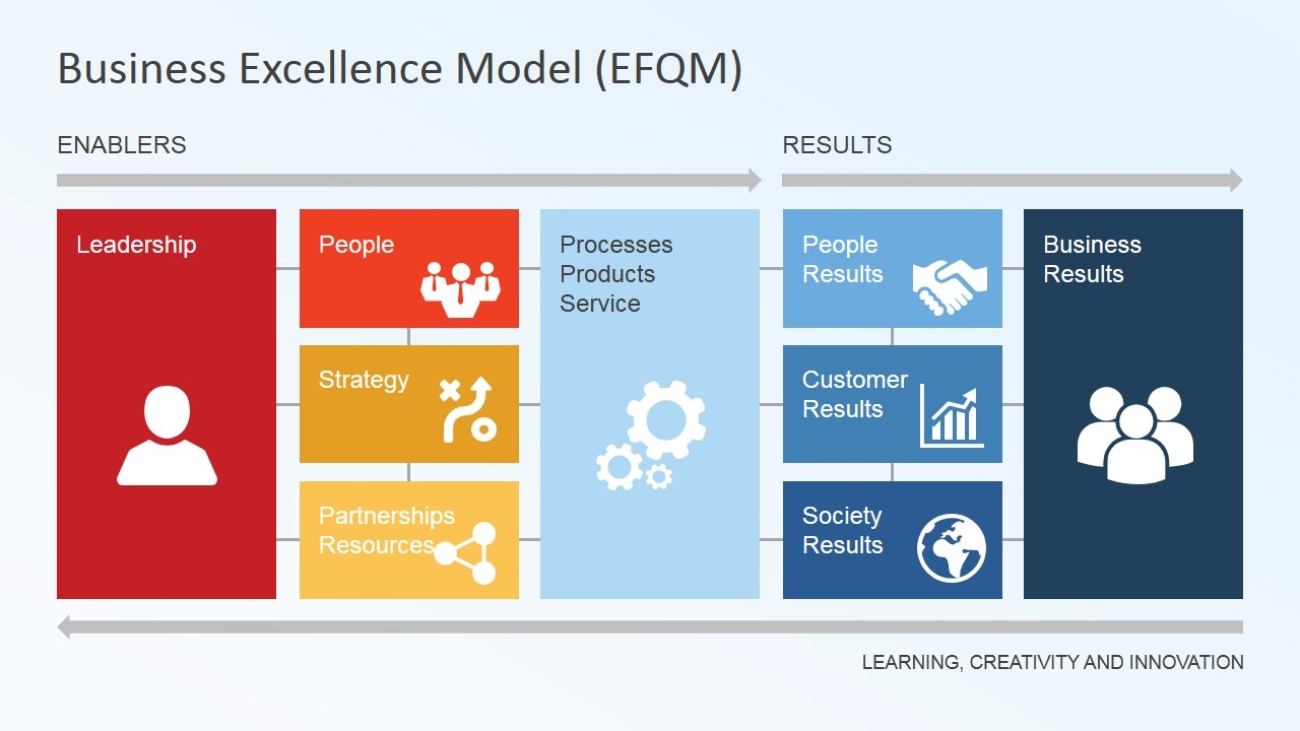In the world of business, storytelling has become a powerful tool for engaging audiences, building connections, and driving meaningful impact. Effective business storytelling can captivate stakeholders, convey brand values, and inspire action. In this comprehensive guide, we will explore the art of business storytelling, providing you with valuable insights and practical tips to craft compelling narratives that resonate with your target audience.
Understand the Power of Storytelling
Storytelling has a profound impact on human psychology. It taps into emotions, evokes empathy, and helps people make sense of complex information. Recognize the power of storytelling in a business context, as it enables you to communicate your brand’s mission, values, and unique selling proposition in a memorable and relatable way.
Define Your Business Narrative
Every successful business has a unique story to tell. Begin by defining your business narrative – the core message and purpose that you want to convey. Consider your company’s history, values, vision, and the problems you solve for your customers. Craft a clear and compelling narrative that sets your business apart and resonates with your target audience.
Know Your Audience
To create impactful stories, it’s crucial to understand your target audience. Research their needs, aspirations, pain points, and values. Tailor your storytelling approach to resonate with their emotions and connect on a deeper level. Use language, metaphors, and examples that your audience can relate to, ensuring your story captures their attention and engages their interest.
Structure Your Story
A well-structured story follows a clear arc that captures attention, builds tension, and concludes with a satisfying resolution. Craft a compelling beginning that hooks the audience, introduce conflict or challenges, and showcase how your business provides solutions or overcomes obstacles. End with a memorable conclusion that leaves a lasting impact and a call to action.
Incorporate Authenticity and Emotion
Authenticity and emotion are key elements of compelling storytelling. Share genuine experiences, personal anecdotes, or customer success stories to create an emotional connection with your audience. Infuse your stories with passion, vulnerability, and relatable moments that resonate on a human level, making your brand more relatable and trustworthy.
Utilize Visuals and Multimedia
Visual elements can enhance the impact of your storytelling. Incorporate relevant visuals, such as images, videos, or infographics, to bring your story to life. Visuals can evoke emotions, simplify complex concepts, and make your narrative more engaging and memorable. Ensure that the visuals align with your brand and enhance the overall storytelling experience.
Practice and Refine
Like any skill, storytelling requires practice. Experiment with different story formats, delivery techniques, and platforms to refine your storytelling abilities. Seek feedback from peers, colleagues, or mentors to gain valuable insights and improve your storytelling skills over time. Continuously iterate and refine your stories based on audience reactions and evolving business needs.
Mastering the art of business storytelling can significantly impact your brand’s ability to connect, engage, and inspire. By understanding the power of storytelling, defining your business narrative, knowing your audience, structuring your story, incorporating authenticity and emotion, utilizing visuals, and practicing consistently, you can become a compelling storyteller who leaves a lasting impression on your audience.










